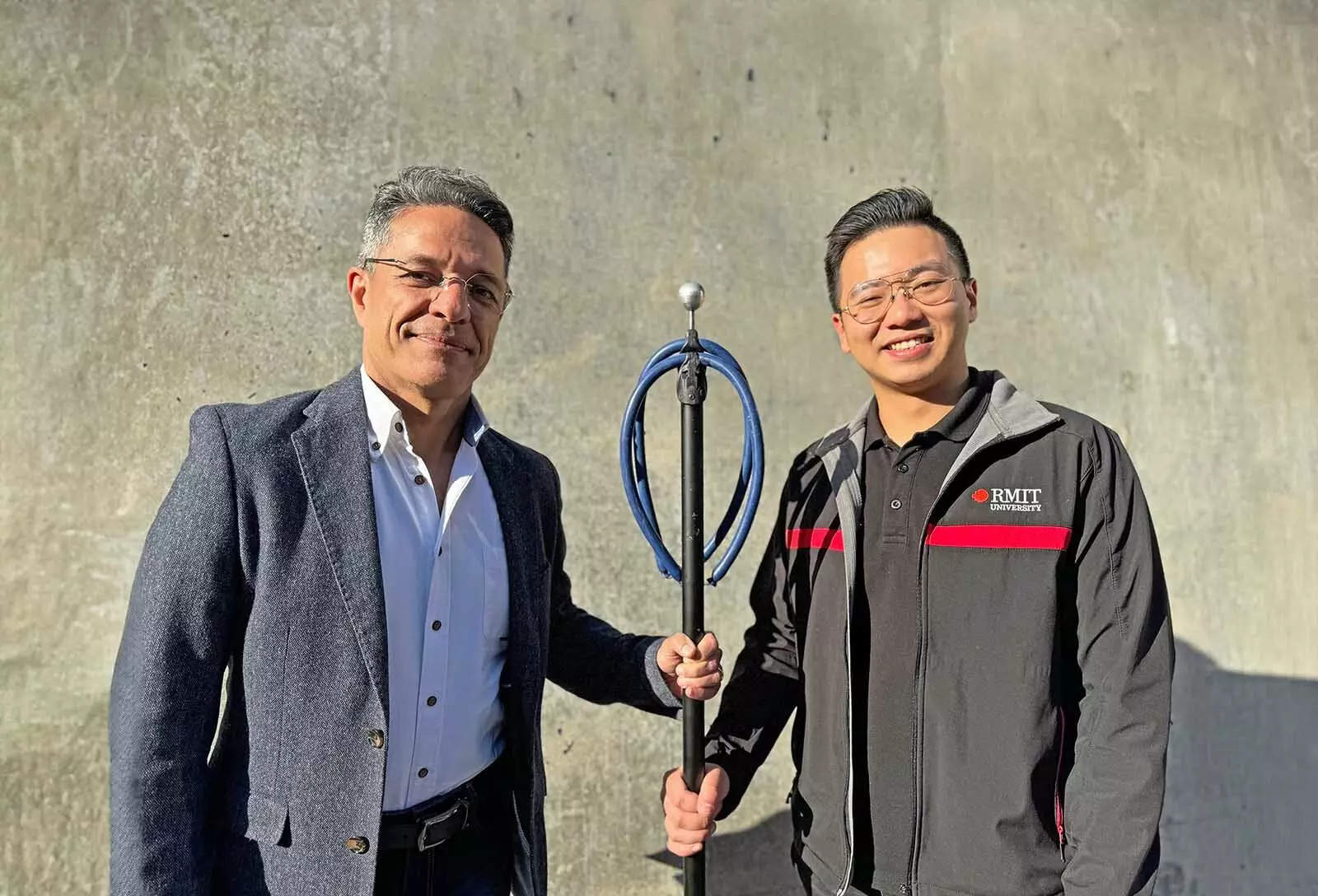Engineers in Australia have introduced a groundbreaking device that aims to change the way seabed soil is tested for offshore wind farm projects. The device, based on a modified speargun, launches a probe into the seabed to gather crucial data on the composition below the surface. Traditional methods of soil testing involve winching or dropping probes from a support vessel, but these methods can be ineffective in shallow water or extremely costly for heavy-duty probes. This new device offers a more efficient and cost-effective solution for engineers.
Researchers at RMIT University have conducted extensive testing of their launching device with various probe tips in different sand mixes within a water tank. The results, published in the Canadian Geotechnical Journal, demonstrate that the device is twice as effective in penetrating the seafloor compared to existing lightweight soil testers. Lead author Junlin Rong highlights the significant potential of this device, particularly in high-density sandy material, where the penetration depth was double that of previous methods. This breakthrough technology has the capacity to revolutionize site investigations for wind farm projects, offering time and cost savings.
One of the key features of this new device is its environmental friendliness. Probes can be easily retrieved and reused after data collection, minimizing disturbance to the seabed. Additionally, the device can be adapted to existing probes, allowing engineers to upgrade their current equipment with minimal investment. While traditional cone penetration testing methods will still be prevalent, this innovative launching system has the potential to reduce the need for costly tests, resulting in substantial savings for project developers.
The device has undergone successful laboratory testing, demonstrating its ability to achieve significant embedment depth in dense sand. RMIT Professor of Geotechnical Engineering Majid Nazem states that the device is now prepared for field trials. Collaborating with potential industrial partners, the team aims to further test the performance of the device for offshore geotechnical engineering applications. The prospect of this new device entering the field of offshore wind farm design is an exciting development that could lead to more efficient and cost-effective project planning and execution.


Leave a Reply